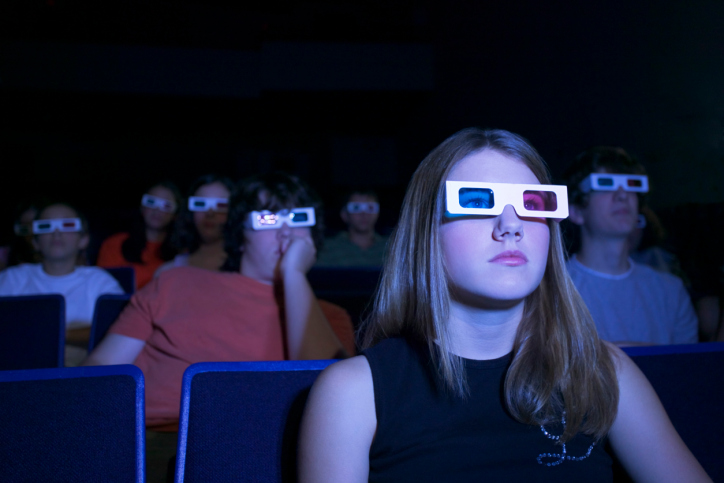Katherine and Valerio introduced us to 3D Rudder, the device that will allow users to walk around in a 3D world.
Stay tuned and follow us on Twitter @ipglab for more CES coverage throughout the whole week.
Katherine and Valerio introduced us to 3D Rudder, the device that will allow users to walk around in a 3D world.
Stay tuned and follow us on Twitter @ipglab for more CES coverage throughout the whole week.
Read original story on: Daily News
Soon you will able to touch, feel, and even manipulate holograms and other 3D virtual objects with your bare hands, thanks to the breakthrough research of The Department of Computer Science at Bristol University. The research team created a method that uses sound waves to project “haptic holograms” in mid-air, adding a sense of touch as well as sight and sound that will make it easier to bring virtual reality into the physical world.
ESPN has decided to drop its dedicated 3D channel which launched in 2010, based on high costs, low consumer demand and lack of adoption from cable companies. Sports programming was the catalyst for HD adoption so the flagship sports channel’s decision to no longer support 3D may mark the end of the medium. Likely to supersede HD will be 4K (4x resolution of HD) which had a huge presence at this year’s CES.

This week, the Verge announced the death of 3D at this year’s CES. While the article makes the claim that there is an absence of 3D exhibits on the floor as OLED and 4K TV provide more real benefits, we’re not entirely sold yet. 3D may be dead in its current state, but there are some reasons to be hopeful.
There were plenty of 3D televisions at the show (just see our interview with Stream TV network or Hisense’s 3D TV). 3D gaining mainstream adoption in the living room is probably not going to be this year, but there are certainly improvements to the technology. Further, there are a host of autostereoscopic 3D solutions that do not require glasses that will pick up steam once they improve a few major hiccups like the TVs losing 3D quality when viewing from different angles. Let’s wait and see.
Watch this: Kinect-Powered Motion Capture Mimics Your Facial Movements In Real Time
Store Trek: 3D Shopping Experience Powered By Kinect
zSpace: A Real Holographic Display Worthy of Iron Man
 Imagine a world where any screen you come into contact with has the capability to play multiple streams of content that are contextually relevant to you, to your gender, location and purchase habits. Imagine that this content could take the form of video with additional layers of text, graphics or audio. Then picture a powerful 4G network, with 80 megabits of data being delivered with HD quality video and 3D enhancements. Data would be fed back and forth to respond to interactions and navigation would be more primal, responding to touch and movement. Marketers would have a field day with targeting content based on demographics right down to the individual. And imagine if the foundation of this world was presented to you at a yearly consumer electronics trade show…
Imagine a world where any screen you come into contact with has the capability to play multiple streams of content that are contextually relevant to you, to your gender, location and purchase habits. Imagine that this content could take the form of video with additional layers of text, graphics or audio. Then picture a powerful 4G network, with 80 megabits of data being delivered with HD quality video and 3D enhancements. Data would be fed back and forth to respond to interactions and navigation would be more primal, responding to touch and movement. Marketers would have a field day with targeting content based on demographics right down to the individual. And imagine if the foundation of this world was presented to you at a yearly consumer electronics trade show…
While there were no earth shattering products or mind-blowing reveals at this year’s CES, the world I described above has been set in motion. Never before have so many consumer electronic companies all committed to embracing the same technology trends in such a way that the dividing line between competitive offerings is hard to see. All this sets the stage for what I’d like to call “layers of influence.” Continue reading “Layers of influence reign at CES”